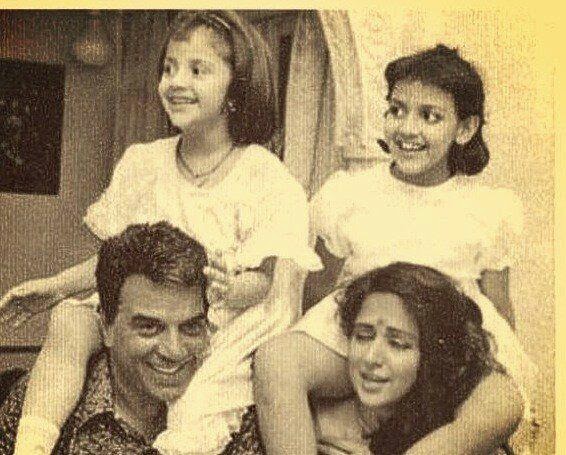INDIAN growth at 7% and China slowdowns as per PWC.
As per new
study we are expected to grow at 7% whereas China’s economy to slows down.
In short term
view…….
As per PWC report
India is expected to grow around 6% to 7% in 2015 despite of global problem.
There is good news that Oil prices are coming down and helping us to bring down
our rising current account deficit, resulting in lowering inflation.
In mid-term view…..
Expectation
are there in Feb, 2015 budget, there are high chances of implementation of new
economic reform’s resulting in boosting our economic.
In long term
view…
Indian economy
was expected to grow between 5.5% in 2014-15 and 6.3% in 2015-16. In global
economy like china which is expected to post growth around 7.2% which is lowest
since 1990 and its high level debt pose high slow down risk. On the other side
USA may see fastest growth in decade, most of euro zone will see quantitative
easing program ie: more of govt. bond purchasing.
Oil prices
will be around $60-$70 over the course of 2015 and may end up at $80 however
oil prices are expected to remain unpredictable
India has
ability to become $5 trillion economy by 2025 becoming the third largest
economy after USA and China. We has capacity to take over Britain by 2018 and
becoming largest economy in Common Wealth.
It took India
60 year to to a $1 trilion economy however it will take only 10yr to reach
another trillion and another 10yr to reach at another trillion. India will reach
at 6% per annum and reaching to 10% or
could more in coming 10 to 12 year
In India we
have many reforms starting from Infrastructure investment. We need investment
in this sector, 6% of investment of our GDP and with broker PPP model could not
take our economy much farther. In spite of crores of projects being cleared the
order book size for capital good or construction is not increasing.
High bidding,
race to bottom pricing, coupled with huge land acquisition issues and
non-existent cash flows led to all project economics being turned on its head
and sector is going in deep red. Our corporate debt ration are highest in world
in which infra sector has fair share to that.
New government’s
reform’s steps will definitely contribute in our growth prospect, reducing
subsidies which is unproductive and unwanted expenditure could be stopped which
will free up cash flows for investment,.




















.jpg)


.jpg)
.jpg)






